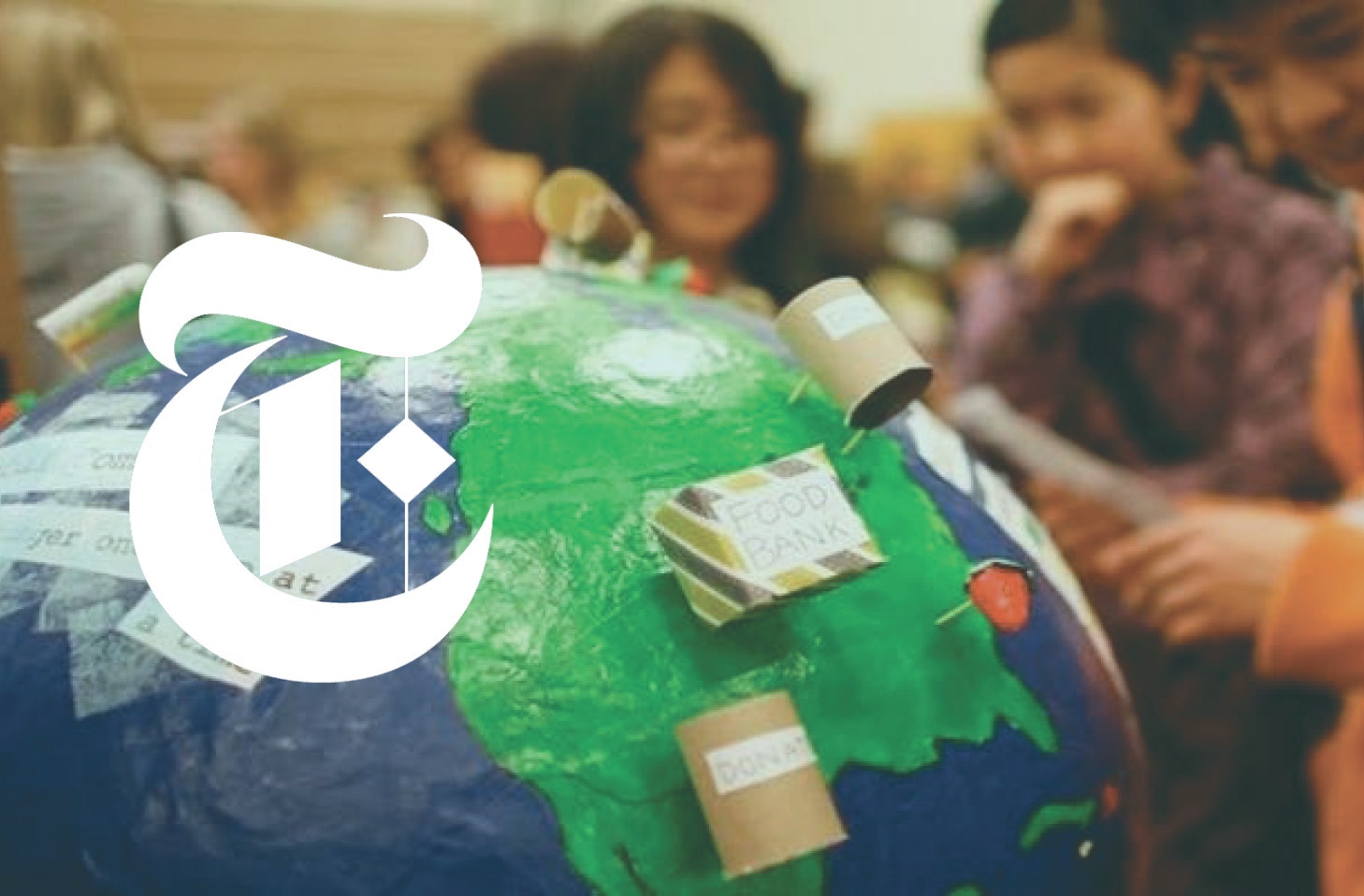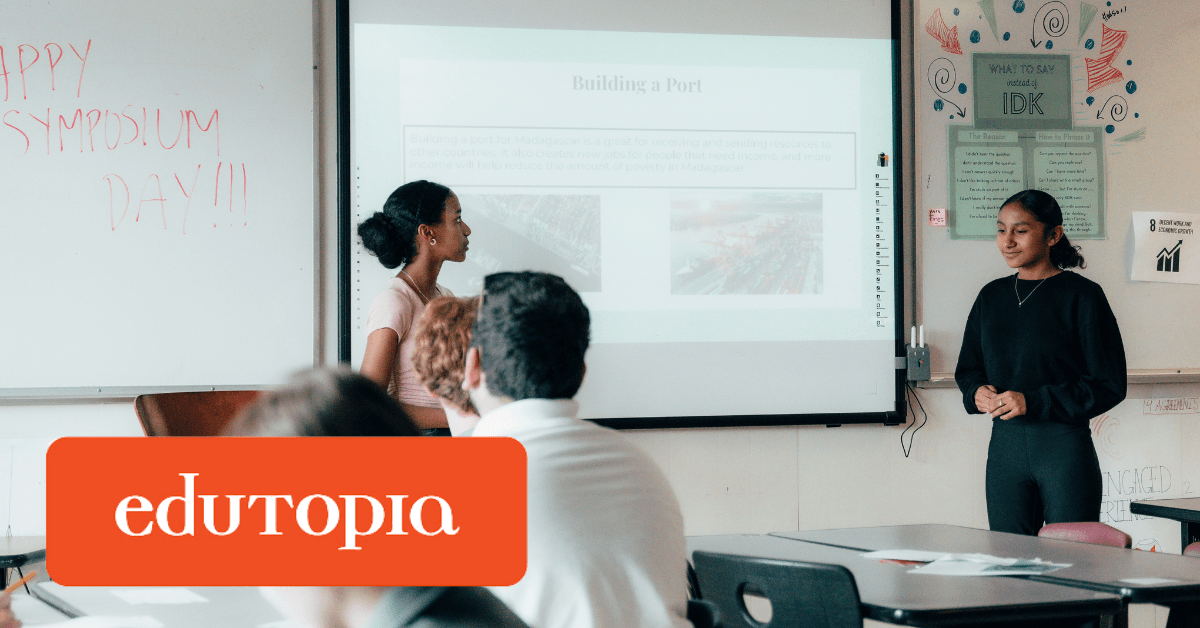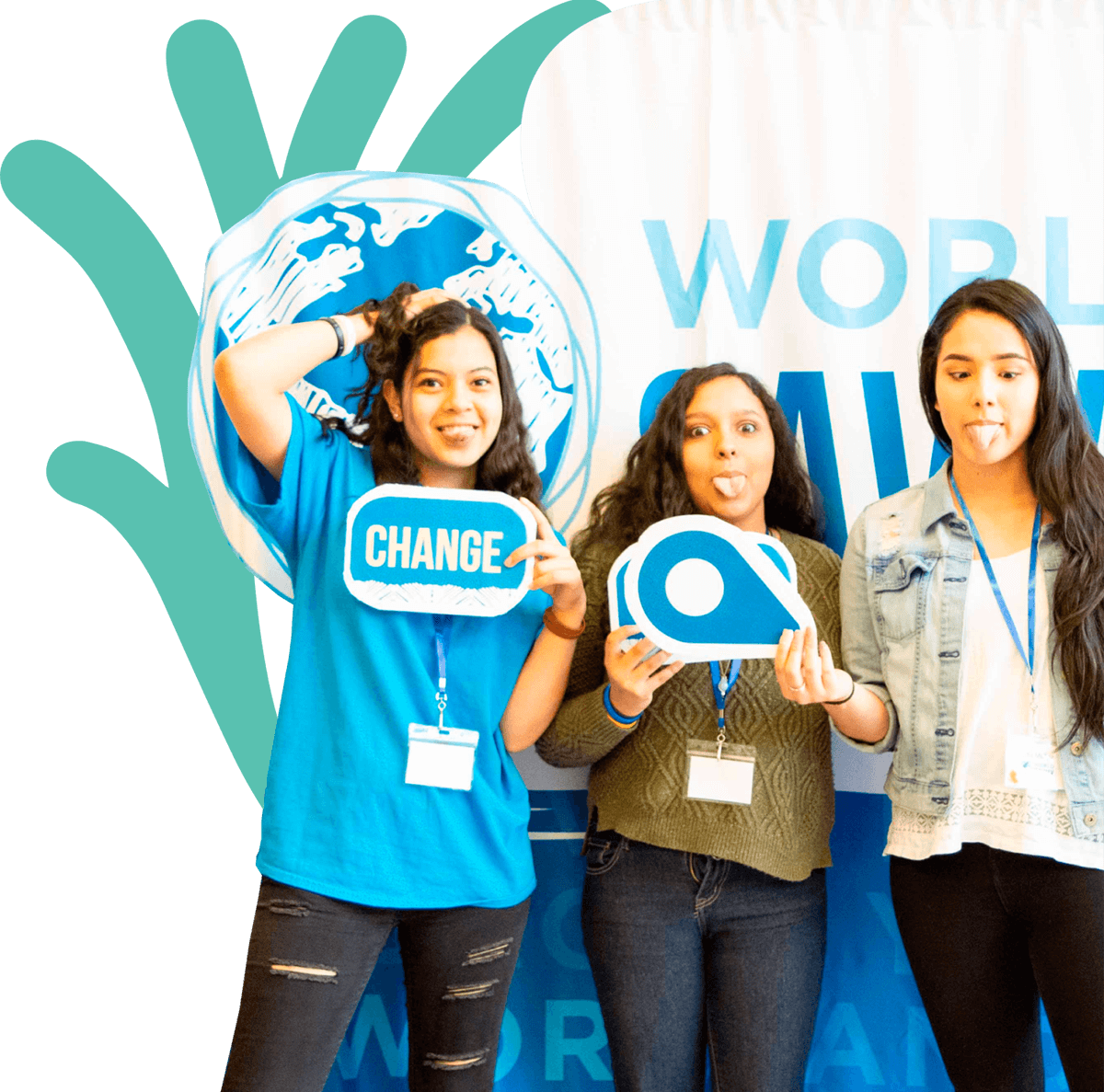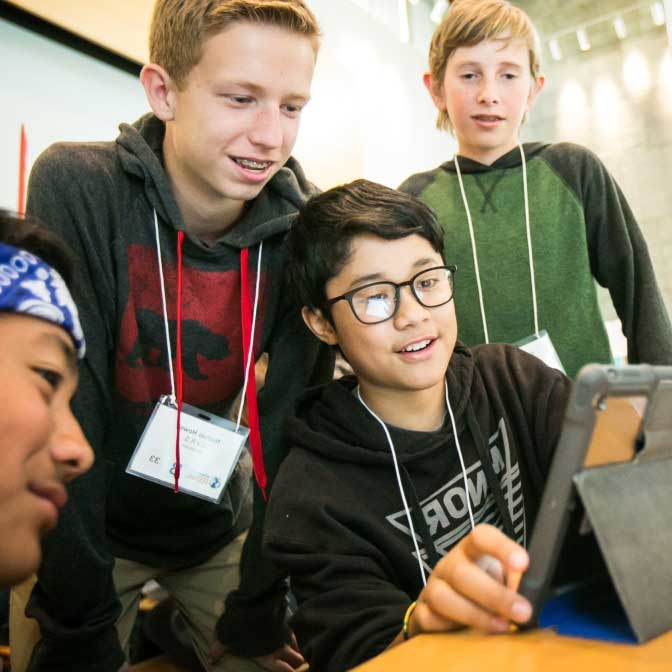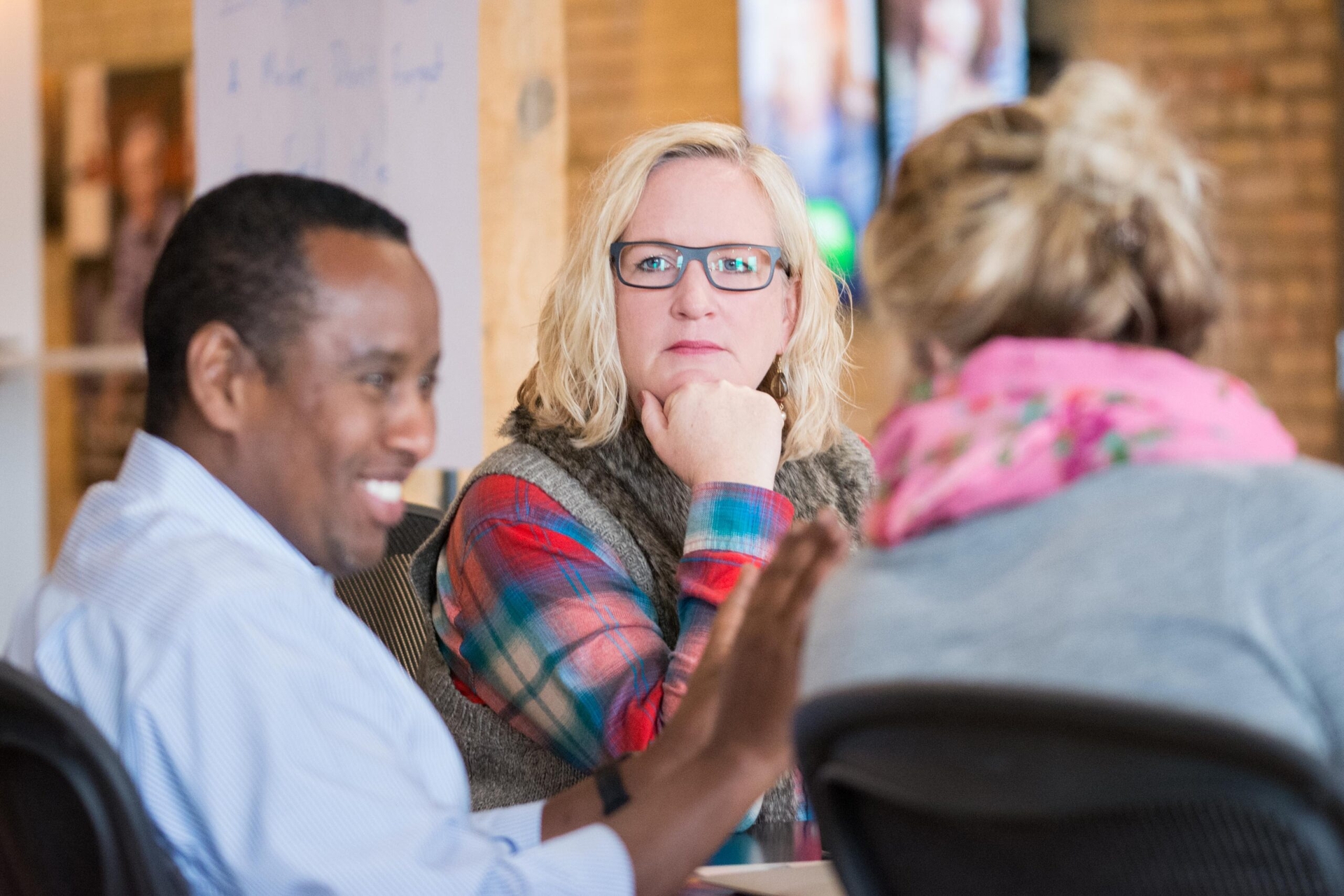
By Dana Mortenson
As elementary students embark on their academic career, many of the jobs they will hold decades from now are positions we can’t even conceive of today. To be successful in the decades ahead, we need to help students develop an understanding of the world and complex global issues, an appreciation and respect for cultural differences, strong problem-solving and collaboration capabilities, and comfort with ambiguity and change. If districts and schools across the country arm their teachers to build a globally competent teaching practice, as a country, our students will be much better prepared to face the challenges of the coming decades.
Effective Strategies
So, how can we effectively support teachers as they seek to build a globally competent teaching practice and equip their students with the skills they’ll need for the future?
It starts with giving teachers the time and the tools to build their practice, with the latitude to:
- Shift their role from the center of the classroom experience, to a facilitator and guide of the learning experience.
- Use personal narratives—both from students and from those impacted by the issues the class is studying—as an opportunity to build empathy, understand perspectives, and authentically engage in problem solving.
- Maximize opportunities for project-based learning to support student inquiry, critical thinking, and deeper learning.
- Provide learning structures and strategies that allow students from diverse backgrounds to collaborate and explore topics about which they’re passionate.
- Create learning experiences that allow students to integrate and develop social emotional skills, cognitive skills, and interpersonal skills.
- Support meaningful connections for students with peers from around the country, and around the world, in the service of problem solving and cultural understanding.
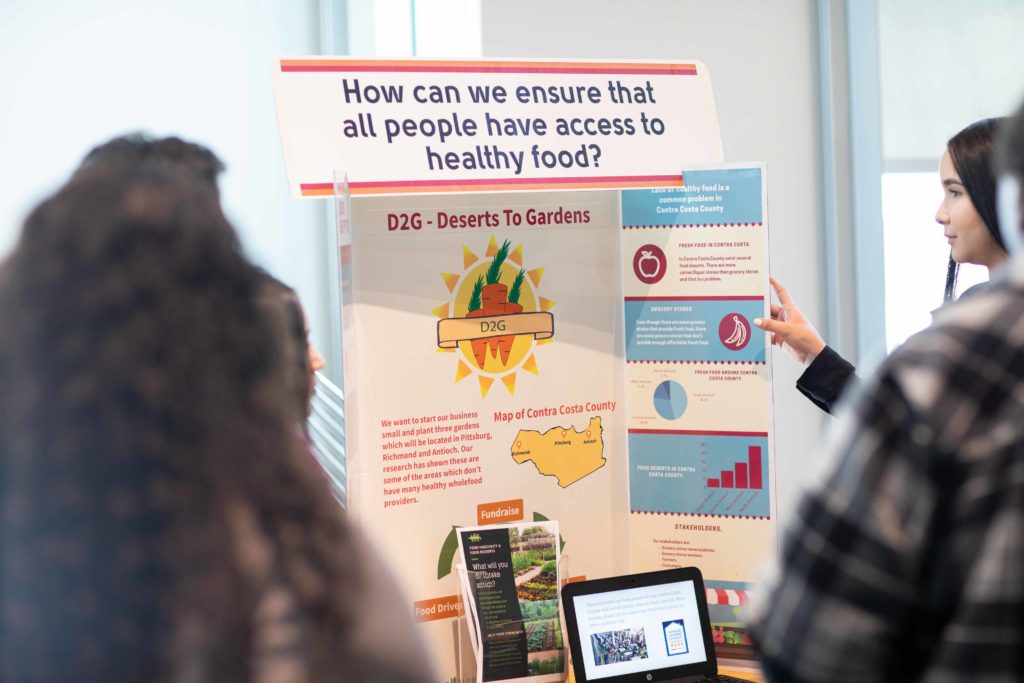
Global Teaching In Action
While it’s true there can be barriers to teaching in a globally competent way, districts and schools across the country are still making great strides in creating these environments. Let’s look at a few:
In its strategic plan adopted in September of 2014, Minneapolis Public Schools established “ensuring all students graduate ready for college and career with global competencies for the 21st century” as a central tenet. The district and its schools place a high value on recognizing the importance of bilingualism and biliteracy, and supporting teachers in leveraging its very diverse student population to build global competence across the student body.
According to Deputy Education Officer Elia Bruggeman, part of the success is based on an increased focus, among teachers and district staff, on topics such as globalization, diversity and inclusion, technological advancements, and changing demographics as key considerations in preparing their students.
Across the district, 27 percent of Minneapolis Public School students speak a language other than English at home, and nearly 100 languages are spoken by its students. To date, the district has seen significant success providing teachers with resources to support project-based learning as a way to bring together diverse groups of students and build key skills such as problem solving and respect for multiple perspectives.
Global competence also is prominently featured in the strategic plan of Mill Valley School District in California. Teachers in the district are given the autonomy to design curriculum with a focus on deepening student understanding and helping students achieve at high levels.
Superintendent Paul Johnson emphasizes the importance of thinking of teachers as designers, not being too prescriptive, and allowing them space to create and innovate within the district-wide global studies emphasis.
Building 21st century skills, including critical thinking and problem solving, agility and adaptability, empathy, and entrepreneurialism, is an expressed value in the district, and project-based learning is encouraged.
Last fall, Mill Valley identified three teachers who were passionate about global competence, and enrolled them in the Global Competence Certificate as a way to build their knowledge. Beyond this, teachers are key voices in the district’s broader plan to create an articulated global studies curriculum from K-8, and they are given structured time to collaborate and wide license to create new approaches. With the training they’ve acquired, these teachers serve as district-wide leaders, sharing best practices in global competence and helping model the implementation of the district-wide global competence goals.
With both of these districts, and in an increasing number of schools and districts across the country, leaders are recognizing the importance of helping their teachers build a practice grounded in global competence. And thanks to them, as today’s students head toward graduation, we are ensuring that the next generation will be equipped with the knowledge, skills, and dispositions necessary to thrive in our global society.
Additional tools and resources to support teachers:
- Primary Source provides online teacher training
- Global Nomads Group for connections to classrooms abroad
- iEARN for classroom project-based learning
This essay was originally published on Ed Week in 2015. It is reprinted here with the permission of the author.

Dana Mortenson is the Co-Founder and CEO of World Savvy. Dana is an Ashoka Fellow, was named one of The New Leaders Council’s 40 under 40 Progressive American Leaders, and was winner of the Tides Foundation’s Jane Bagley Lehman award for excellence in public advocacy in 2014. She is a frequent speaker on global education and social entrepreneurship at high profile convenings nationally and internationally, and World Savvy’s work has been featured on PBS, the The New York Times, Edutopia and a range of local and national media outlets covering education and innovation.





